What's old is new
Like time, precast never stands still.
Precast has been around since 2500 BC, but that doesn’t mean it’s an outdated concept. Precast is constantly changing and evolving to fill the needs of a modern world.
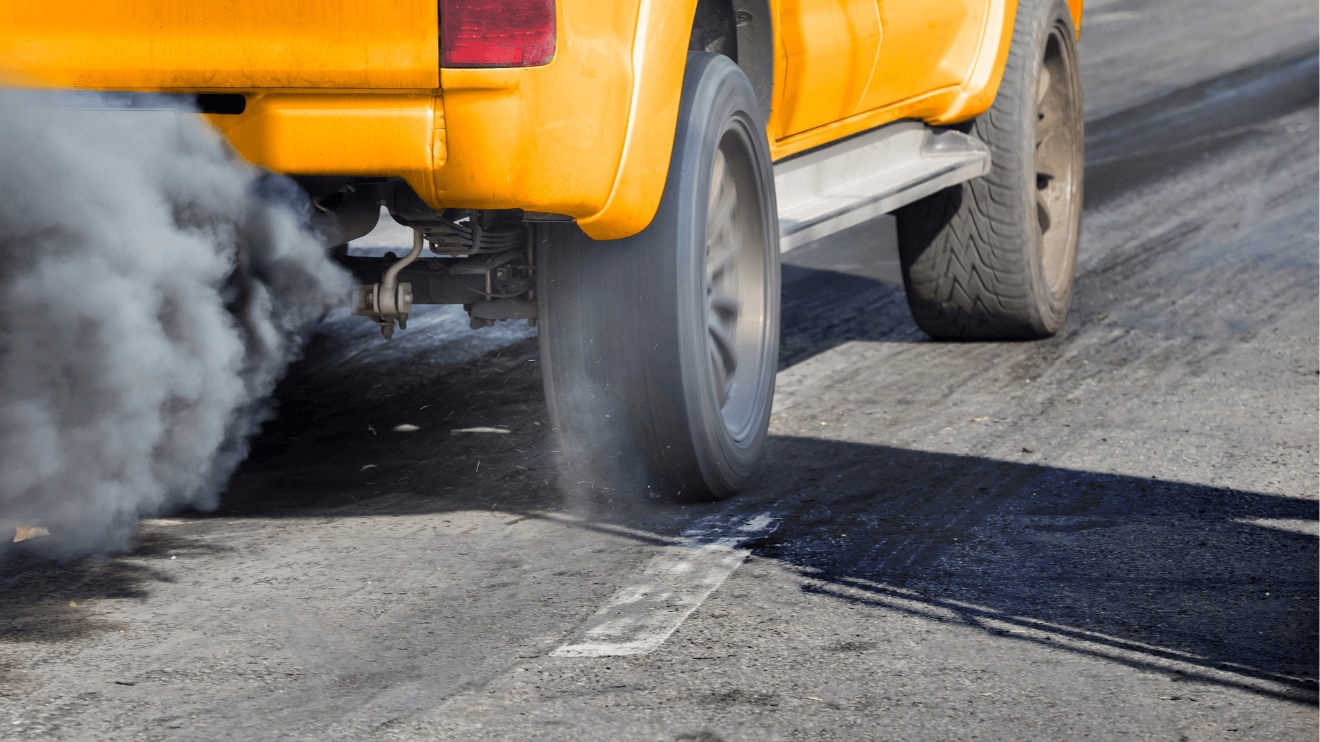
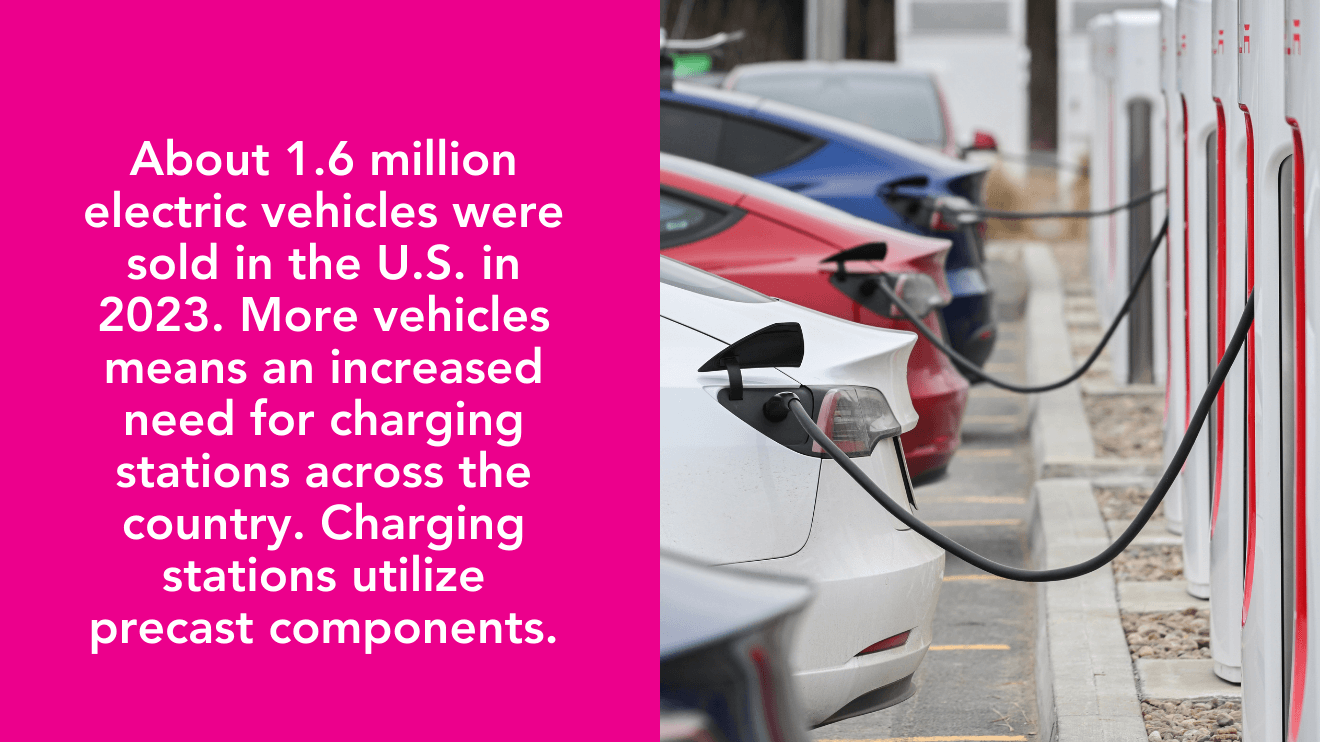
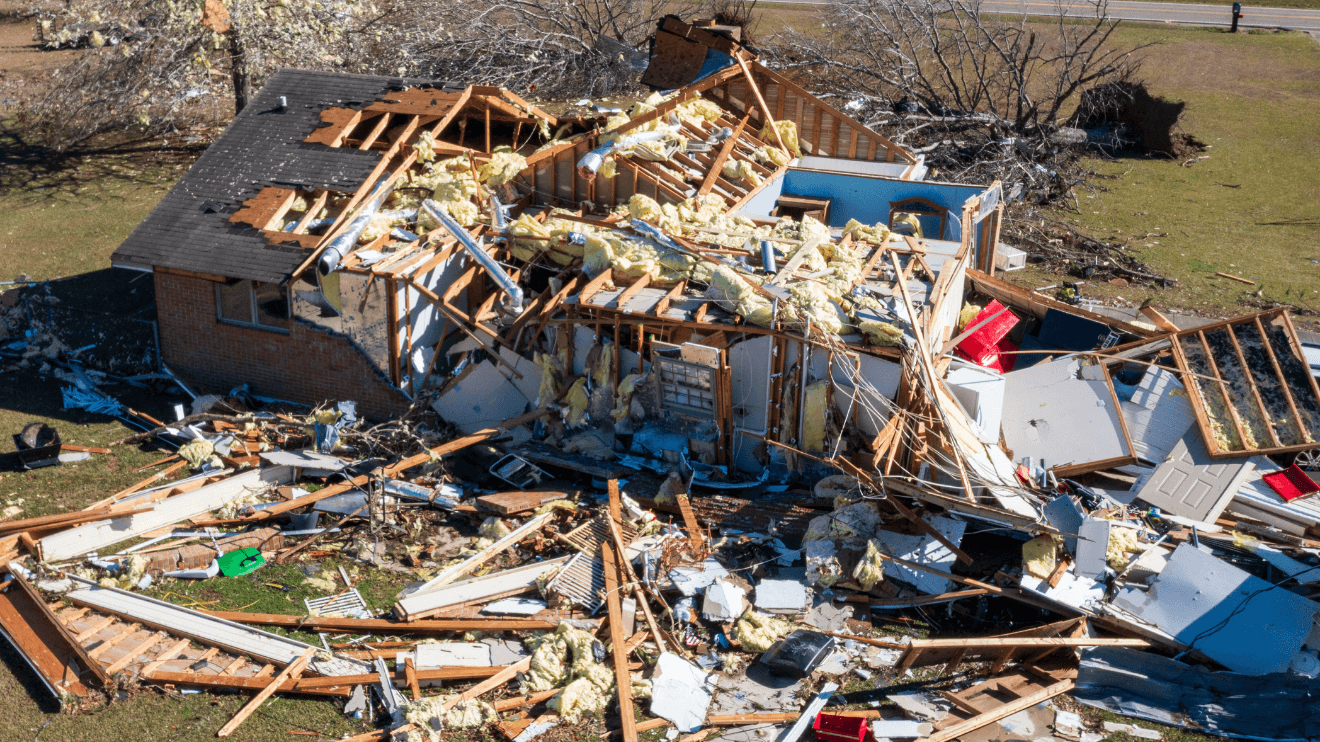
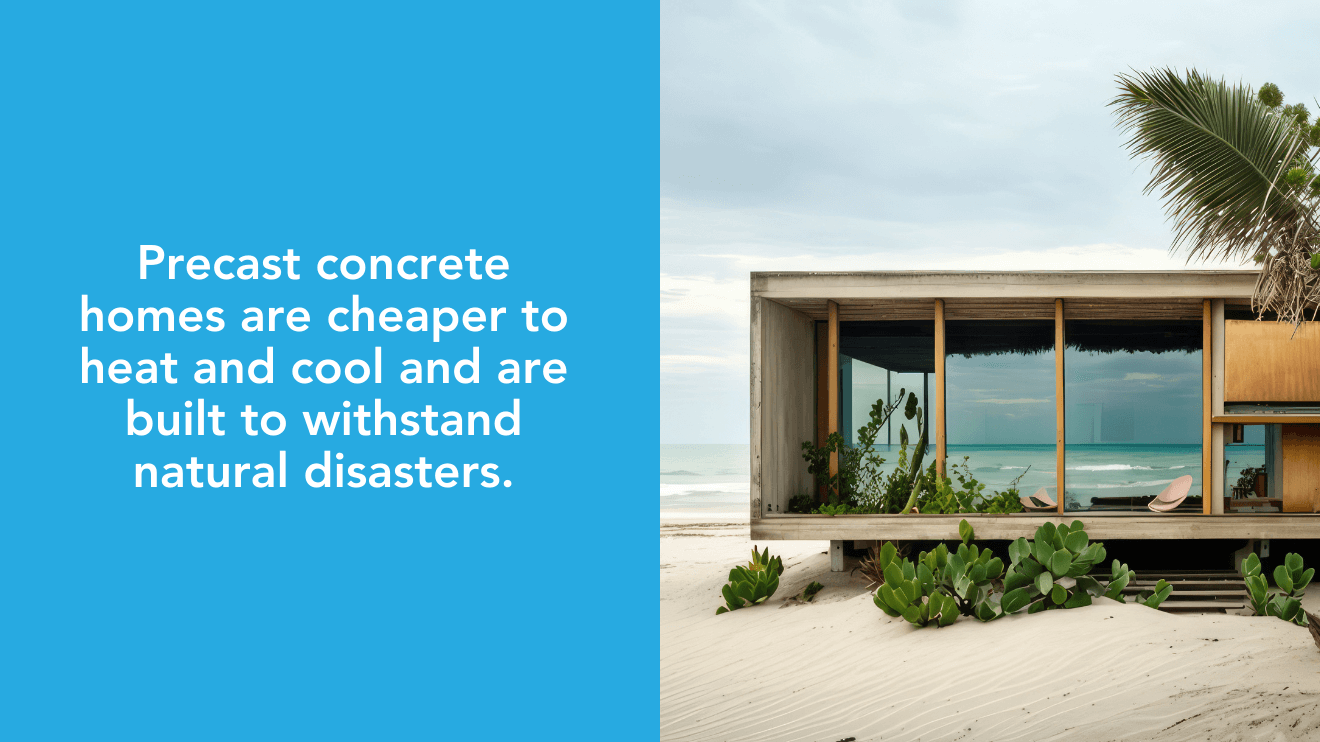

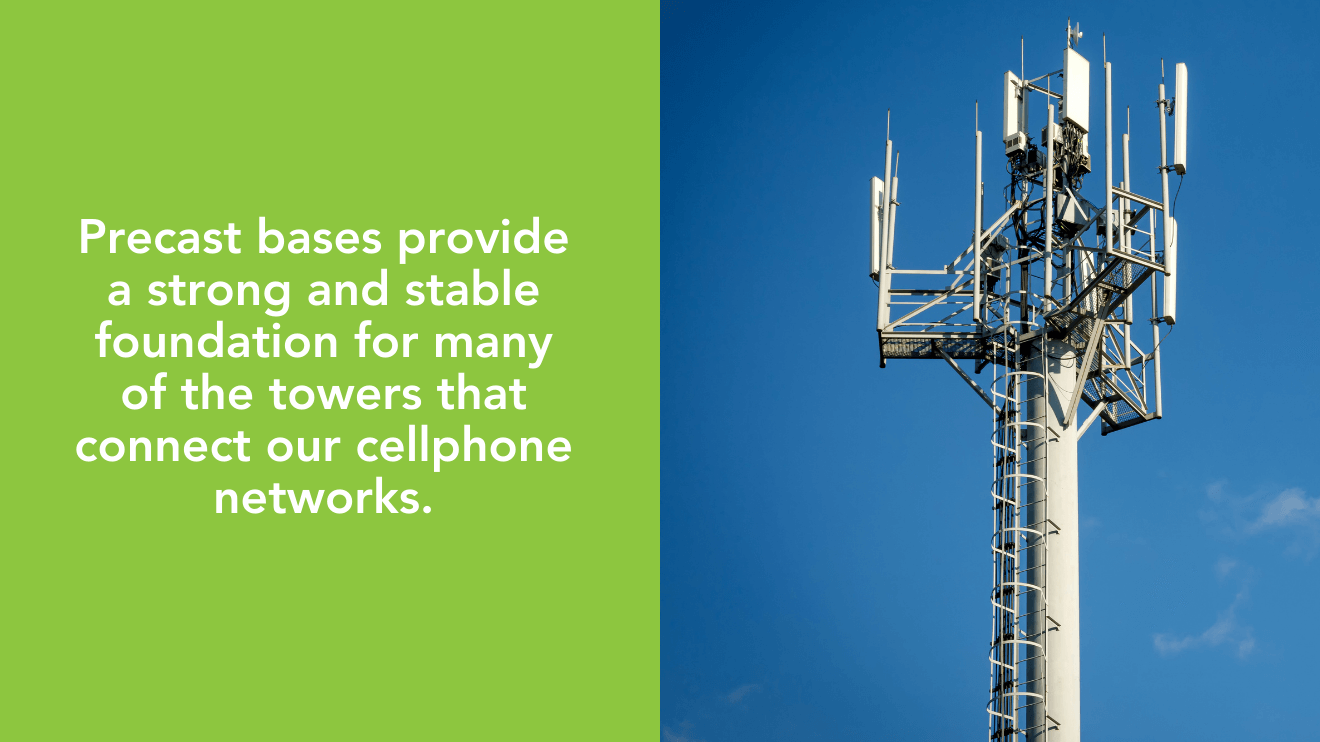

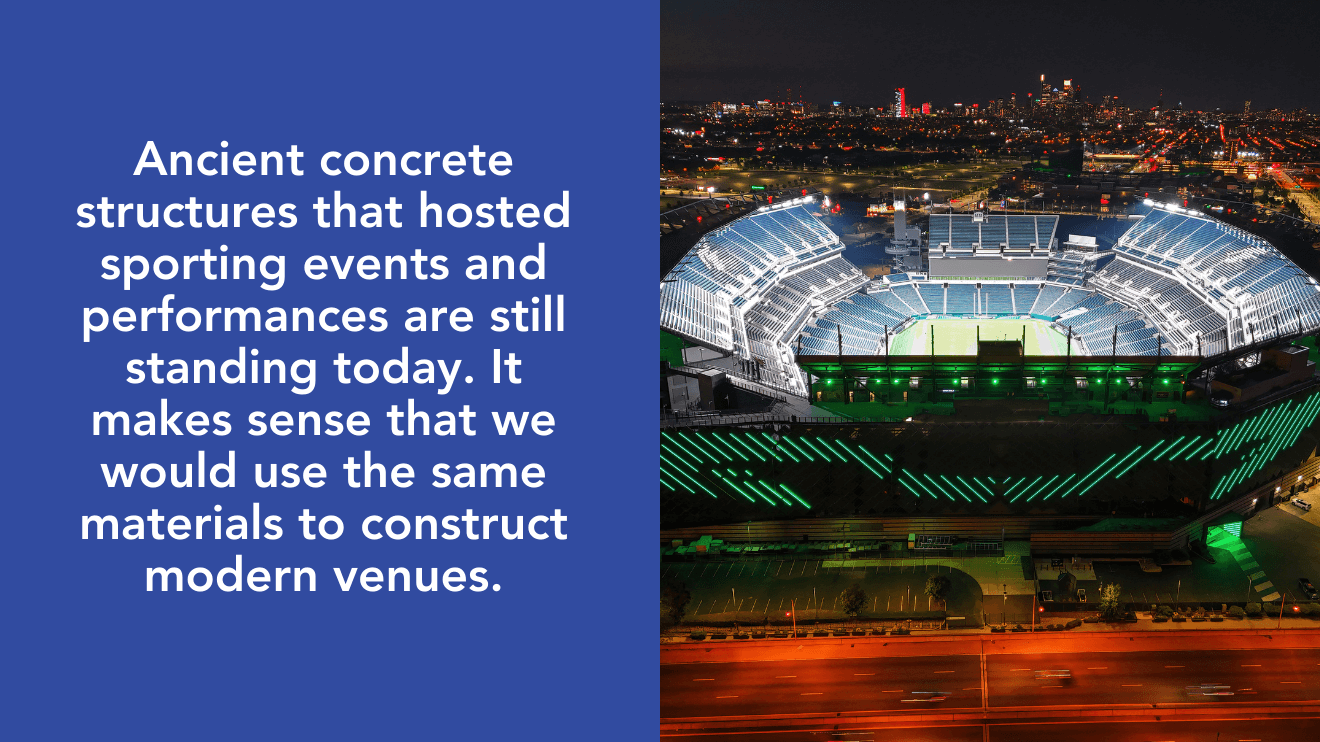


The innovations just keep coming.
Precast is no stranger to cutting-edge technologies and groundbreaking developments. Here are a few recent projects making headlines:
‘Talking’ Concrete
Purdue University has invented a sensor that allows concrete to “talk,” letting the engineers know when it needs repairs. Embedded directly into the concrete during the manufacturing process, the sensors send the engineers more precise and consistent data about the concrete’s durability and when it needs maintenance.
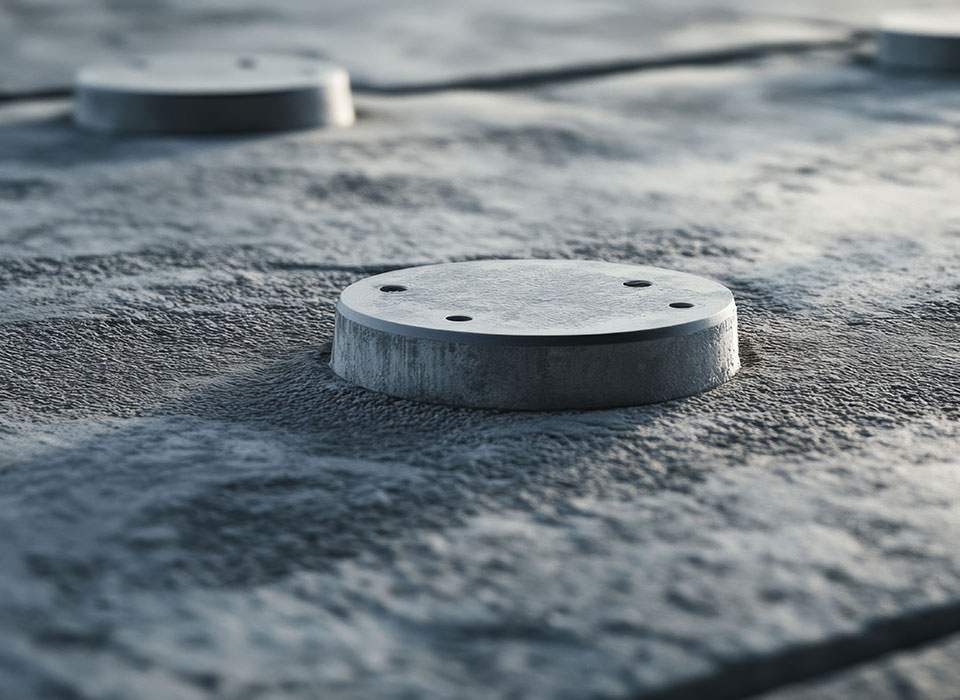
3-D Printing
3-D printing is a manufacturing process that allows the user to create a three-dimensional object from a digital file, which then can be used to replicate a bigger model. Precasters use 3-D printing to design and plan project, solving problems before manufacturing begins.
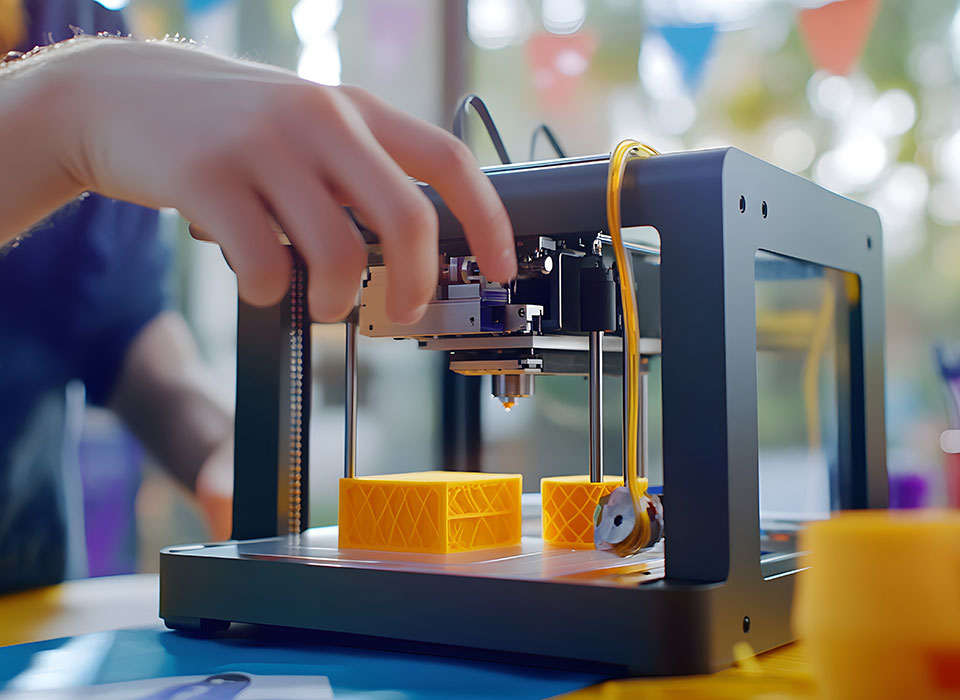
Artificial Intelligence
Artificial Intelligence (AI) is rapidly being integrated into precast manufacturing. From automated quality checks and predictive maintenance to production planning and workforce scheduling, precast utilizes AI to improve its processes.

Augmented Reality
Augmented reality (AR) is an interactive experience that overlays digital information into the real-world. This technology can be used in project planning, managing proper installation, certification and training, modification of projects and exploring design elements.
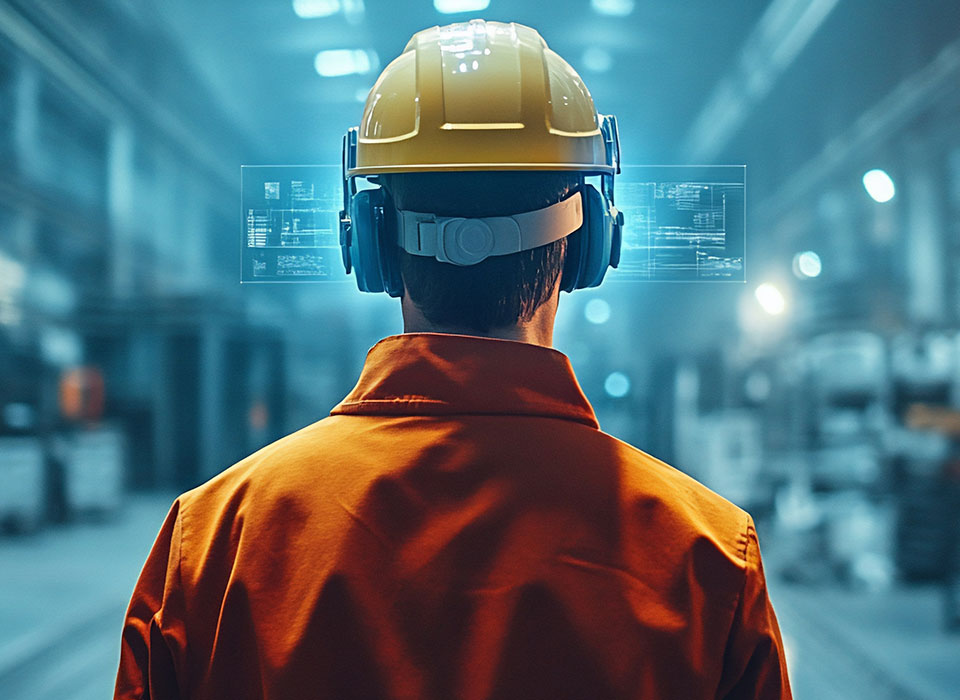
Better Cement
Drawing inspiration from human bone, researches have developed a cement-based material that resists damage 5.6 times better than standard materials. The material has the potential to toughen construction materials without sacrificing strength.
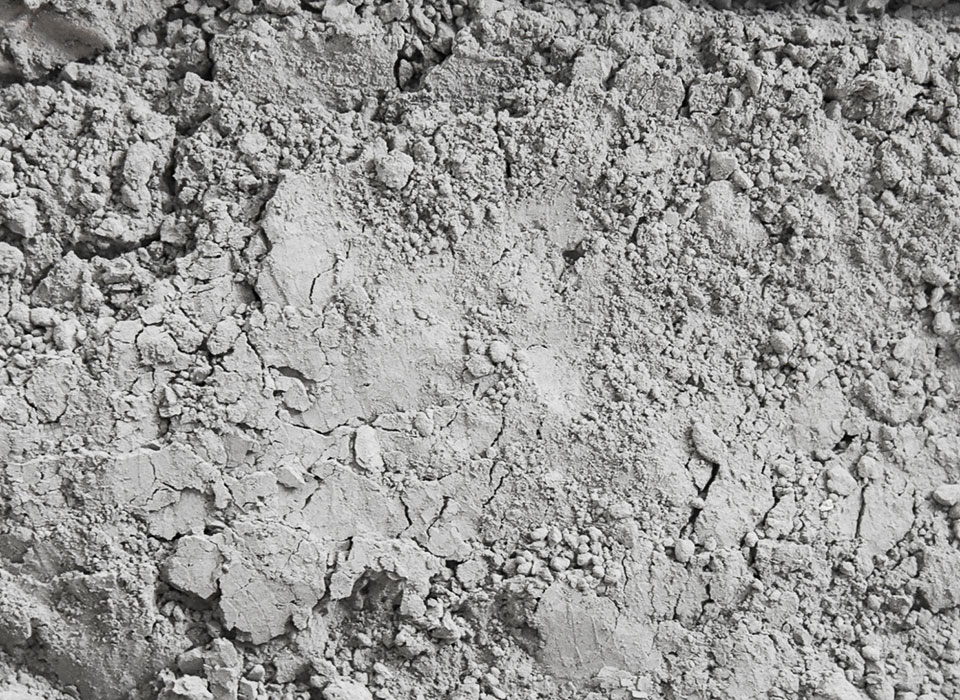
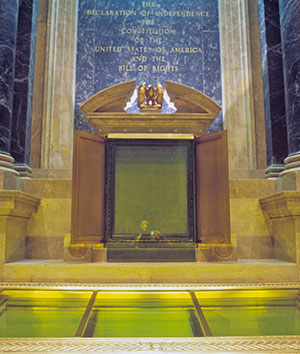
Which historical document is protected by precast?
A precast concrete vault at the National Archives protects the Declaration of Independence when it comes off public display each day. It is waterproof and fireproof. That vault also protects the Constitution and Bill of Rights.
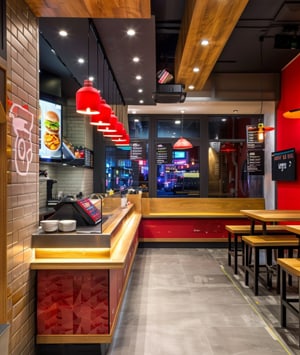
What percentage of fast-food restaurants in the United States contain precast concrete?
Fast-food restaurants can include many precast concrete elements, including walls, sewer and water systems and grease-handling equipment required by health codes.
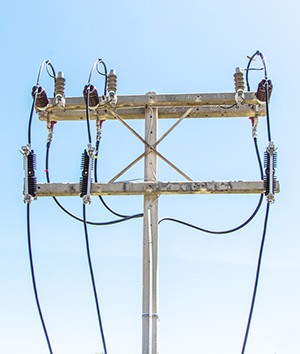
Some precast concrete power poles can withstand winds up to …
Precast concrete power poles can weigh about 8,000 pounds and won’t snap in half in the face of strong hurricane winds. With a wind rating of 145 mph, some poles could withstand up to a strong Category 4 hurricane.





